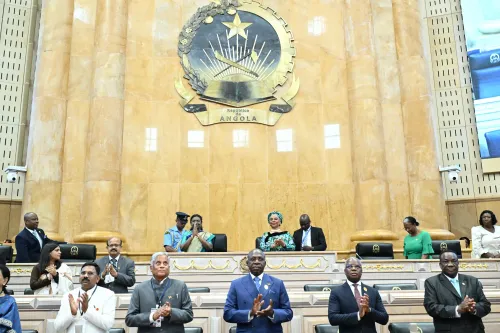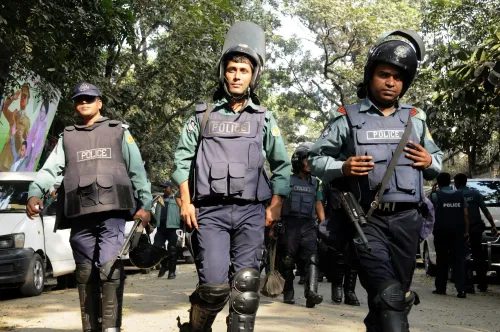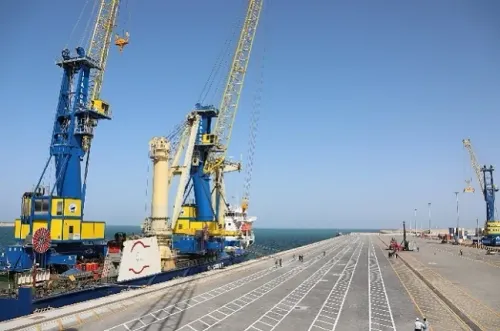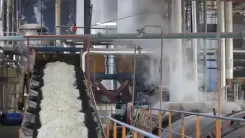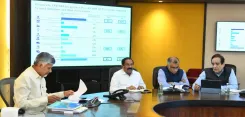Additional Areas in South Korea Declared Special Disaster Zones After Devastating Wildfires
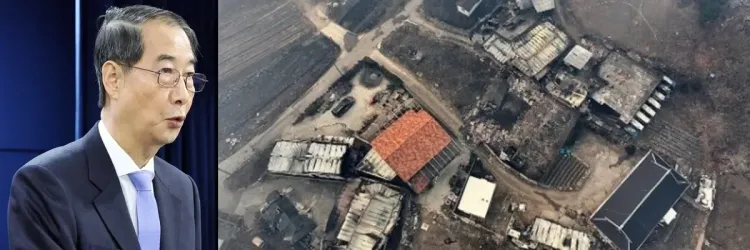
Synopsis
Key Takeaways
- Four new areas designated as special disaster zones.
- Wildfires have caused significant damage and casualties.
- Government to provide support measures for recovery.
- Approximately 37,000 individuals displaced.
- Efforts to control wildfires are ongoing.
Seoul, March 27 (NationPress) The Acting President of South Korea, Han Duck-soo, on Thursday expanded the list of special disaster zones to include four more areas in the southeastern part of the country due to the extensive destruction caused by ongoing wildfires, as reported by the Interior Ministry.
The newly designated areas are Andong, Cheongsong, Yeongyang, and Yeongdeok in North Gyeongsang Province, which will now receive government assistance for recovery and relief efforts for victims.
The government will outline specific support measures after completing a damage assessment.
"The wildfires have resulted in not only casualties but also significant destruction to homes and infrastructure, so we will exert all efforts to quickly restore the affected areas without hesitating to provide administrative and financial support," Han stated.
Previously, the government had already identified Sancheong, South Gyeongsang Province; Ulju, Ulsan; Uiseong, North Gyeongsang Province; and Hadong, South Gyeongsang Province, as special disaster zones, according to reports from Yonhap news agency.
Firefighters, including those using helicopters, were struggling on Thursday to control the nation’s most severe wildfires that have devastated the southeastern region of North Gyeongsang, which have resulted in a death toll of 26 and injuries to approximately 30 individuals.
Since last Friday, a series of wildfires has swept through the area, consuming around 36,000 hectares of forested land, based on government statistics.
This amount is nearly 13,000 hectares greater than the 23,794 hectares affected by the wildfires on the east coast in 2000, which were then the worst in South Korea's history.
Approximately 37,000 individuals have been displaced, with 29,911 from the Uiseong and Andong regions in North Gyeongsang Province.
Earlier on Thursday, Acting President Han directed Acting Interior Minister Ko Ki-dong to stay in North Gyeongsang Province to oversee the relief initiatives for wildfire victims until the fires are contained.
"It is concerning that many victims are elderly, including residents of nursing homes," Han remarked.
"Please ensure the health and safety of the victims and establish an effective support system so that those involved in extinguishing the fires and volunteers do not become overwhelmed," Han added.
In North Gyeongsang Province, efforts to curb the wildfires resumed.
Forestry officials began deploying helicopters, fire trucks, and firefighting teams at 6:30 a.m. to combat the blaze that ignited in Uiseong County, approximately 180 km southeast of Seoul, on Saturday, which rapidly escalated due to strong winds.
Weather officials predict around 5 mm of rain for North Gyeongsang Province.
The wildfires in this province are suspected to have claimed 21 lives, including four in Andong, home to Hahoe Folk Village—a site recognized as a UNESCO World Heritage Site—and eight in Yeongdeok County.
The wildfires near Hahoe Folk Village and Byeongsan Seowon Confucian Academy, another UNESCO World Heritage Site located in Andong, appeared to show signs of subsiding overnight.
A forestry official noted that helicopters were ready to be deployed to the area; however, deployment in the morning would be challenging due to weather conditions.
Some areas in Andong experienced water outages for the second consecutive day, prompting local authorities to distribute bottled water and emergency provisions to residents.
Nearly 2,500 homes in the city faced power outages, with efforts ongoing to restore electricity to 177 of those properties.

